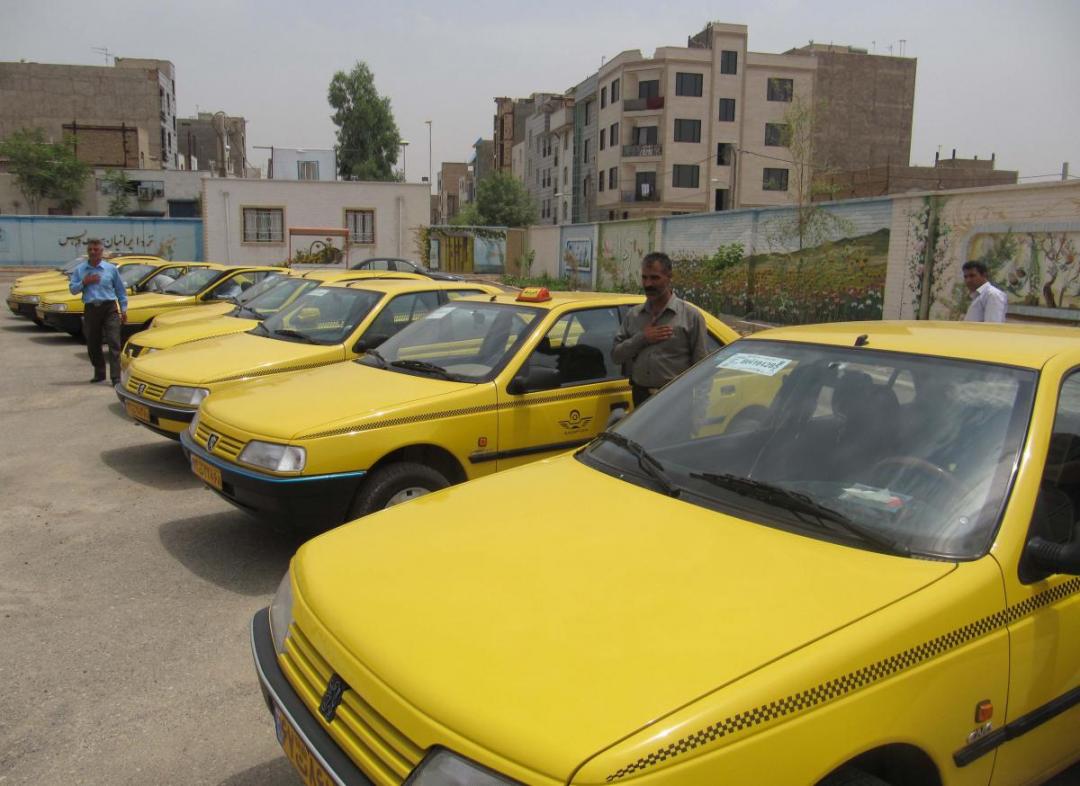Insurance for taxi drivers covered by the Social Security Organization (SSO) that was suspended for some time has been revived.
Lack of budget in the current Iranian year (ends March 20) had caused problems with regard to the drivers’ insurance but that has been resolved, SSO managing director Taqi Nourbakhsh, was quoted as saying by IRNA.
Taxi drivers in Tehran and other provinces can now approach SSO offices and apply for insurance cover, said Nourbakhsh, adding that drivers whose names had been sent to the SSO last February are eligible, and they can apply for insurance coverage with retrospective effect by paying the premium for those months.
The insurance scheme has so far covered one million drivers. It was enacted based on a MoU between the non-government SSO and the government-owned Subsidies Reform Organization (SRO), by which the SRO agreed to provide the required funds.
However, during the presidency of Mahmoud Ahmadinejad, the government failed to meet its financial commitments and only 10% of the due resources were provided. This hampered insurance provision.
The current administration pursued the case and the government’s share of premium for taxi drivers was paid thus reviving their coverage, even while the government was under economic pressure and the SRO failed to allocate funds for the scheme.
In spite of the obstacles, coverage was maintained for the previously insured drivers while new drivers were excluded. But with the assistance of the recreated Management and Planning Organization and SSO’s perseverance, the problem was resolved.
Based on this policy now, 13.5% of the premium is paid by the government and 13.5% by the insured whose job is categorized as ‘hazardous’ activity.
“We expect that 15,000 drivers will apply for insurance in the new Iranian year (starts March 20).”
Important Measure
Part of the SRO’s financial resources is allocated to insurance policies for self-employed workers namely drivers, fishermen, carpet weavers and the low-income strata.
The subsidy reform plan was passed by the the Majlis (parliament) on January 5, 2010 and is said to be “one of the most important measures taken in Iran’s recent economic history.” The goal of the plan is to ultimately replace the costly subsidies on food and energy (80% of the total subsidies) with targeted social assistance.
Nearly 600,000 carpet weavers and 1.1 million construction workers have so far been insured by the SSO drawing on government revenues from the targeted subsidies.
During the first year of the incumbent administration, 6.7 trillion rials ($225 million) were paid to the SSO from the targeted subsidies scheme, while it had received only 2 trillion rials ($67 million) during the previous administration’s tenure (2005-2013).
Established in 1975, the SSO is a social insurance organization that provides coverage to wage-earners, retirees and voluntary coverage to the self-employed. It is financed by contributions (with participation of the insured (7%), employer (20–23%) and government (3%)). Social protection is extended to the self-employed who voluntarily contribute between 12% and 18% of their income depending on the protection package sought.


